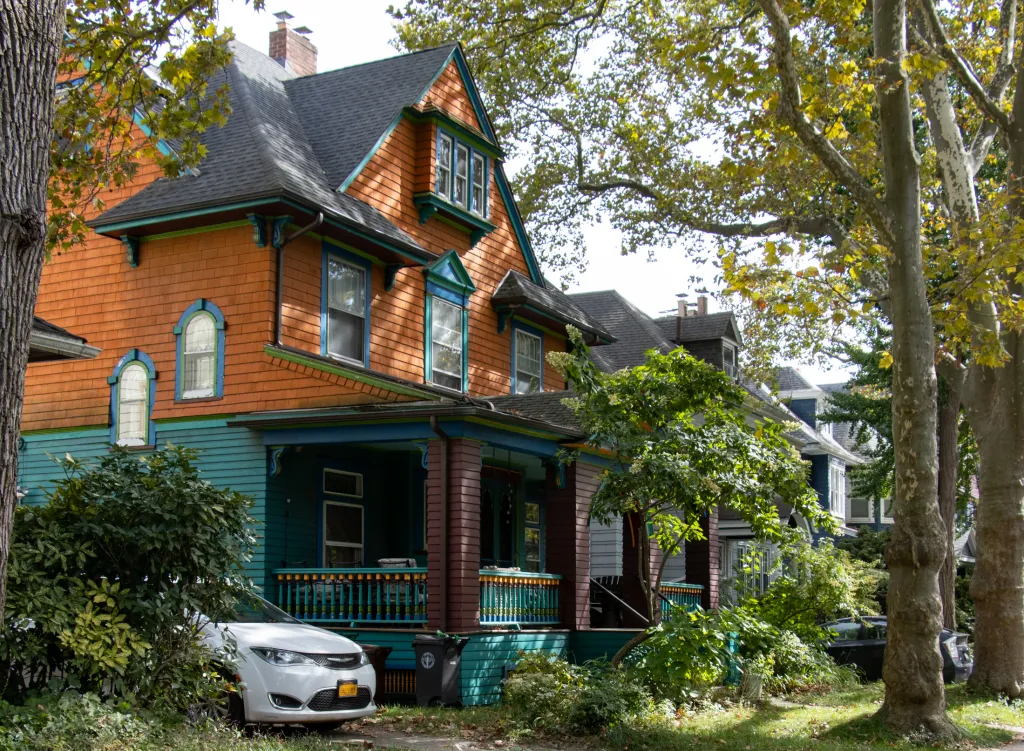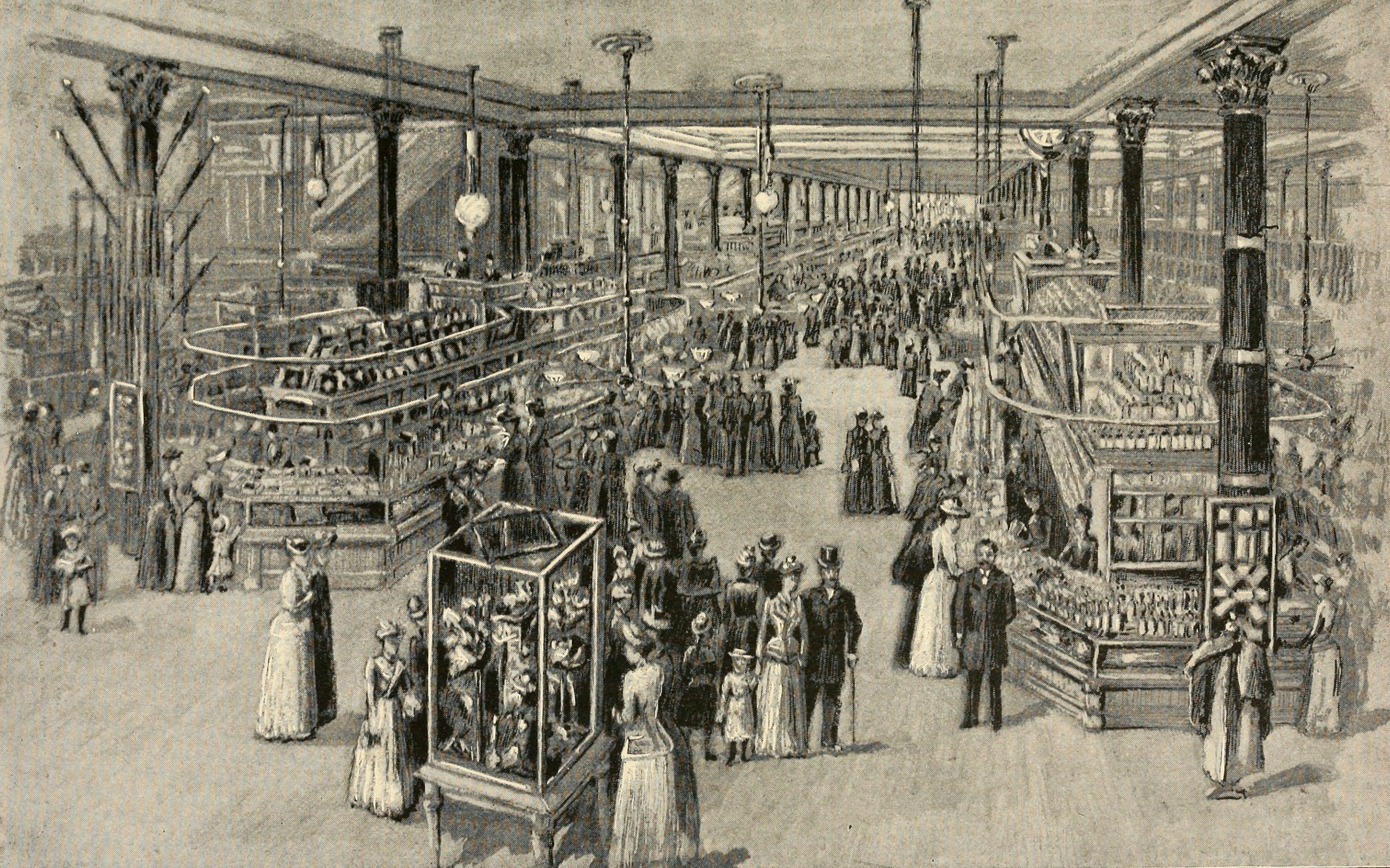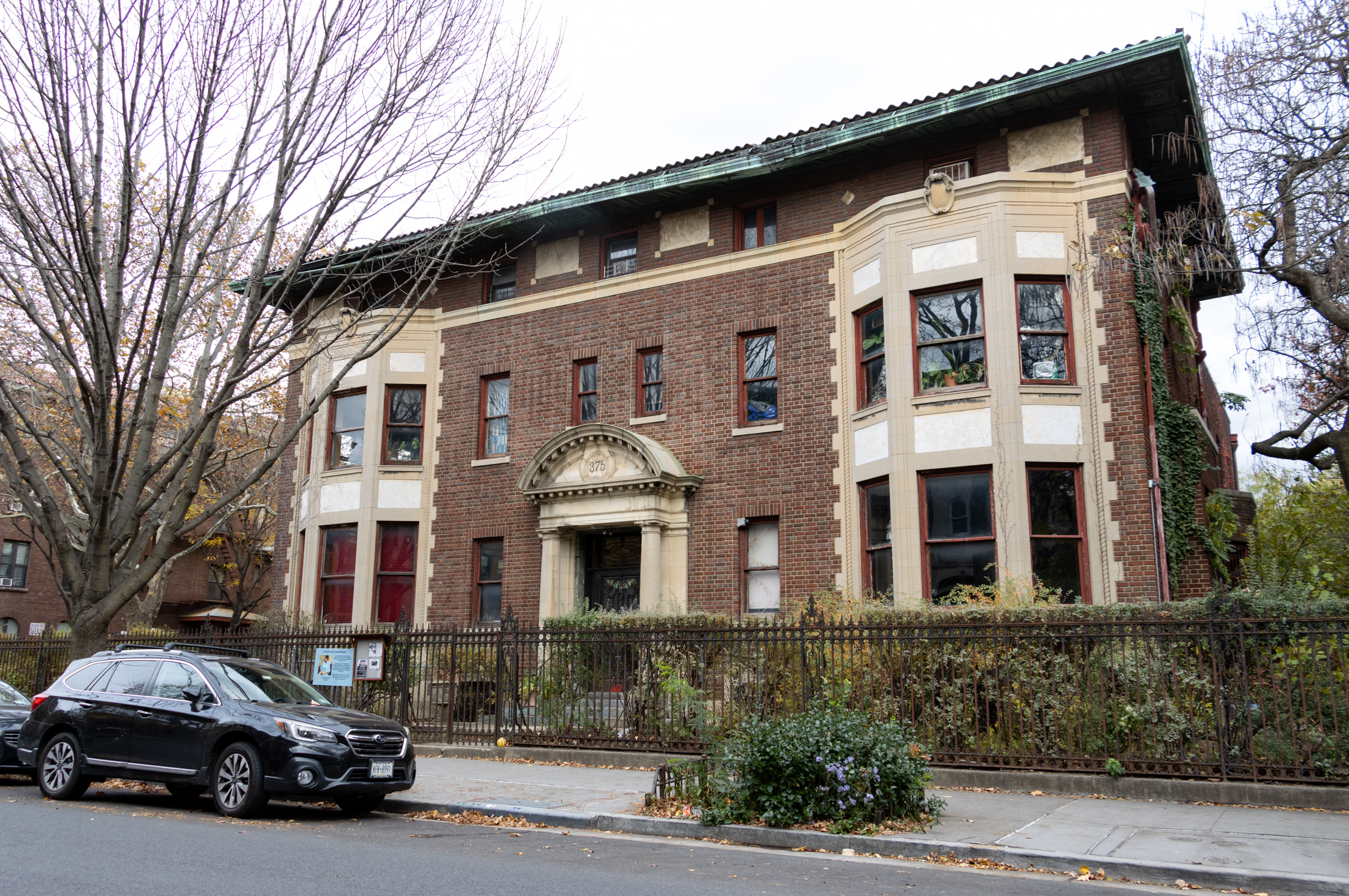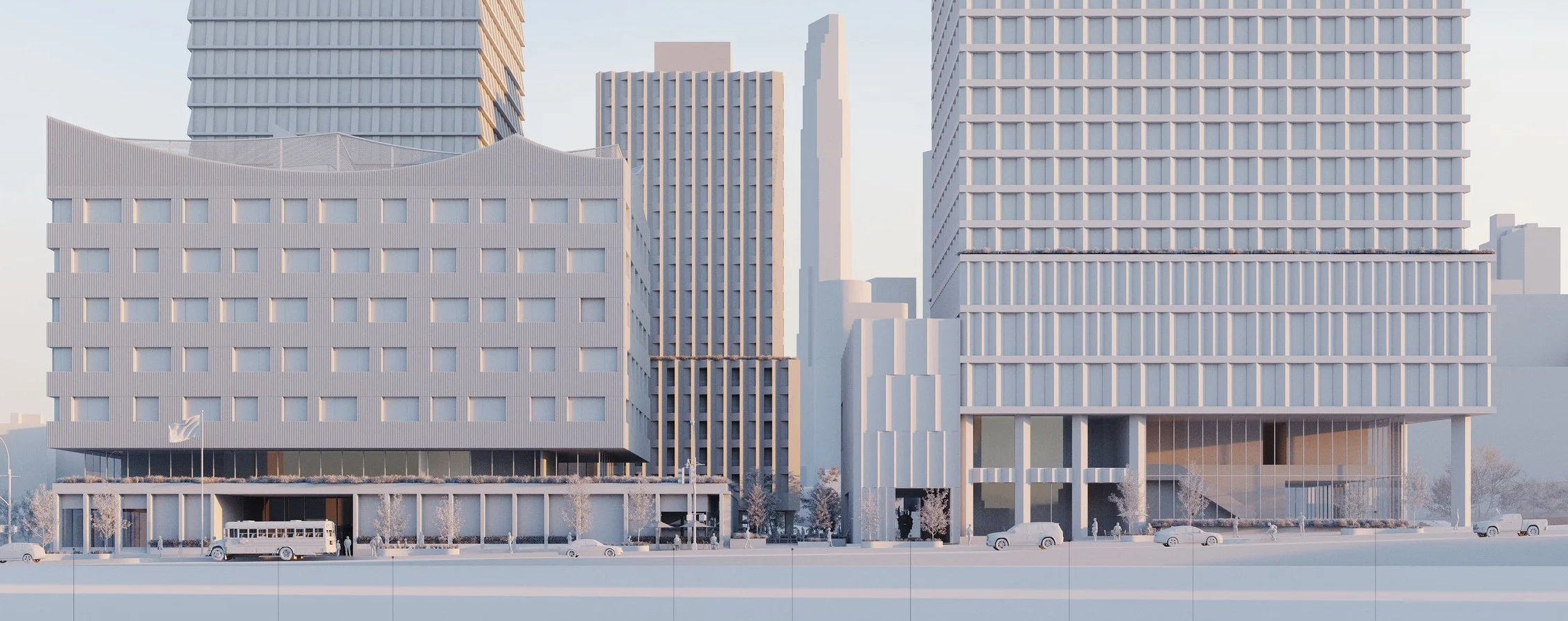Sunset Park Rezoning Review Begins
Roughly two years after first announced its intention to evaluate the zoning in Sunset Park and about a year after it introduced the draft rezoning plan, the City Planning Commission yesterday kicked off the 60-day public comment period that is a standard step in the ULURP process. The rezoning would apply to a 128-block area…


Roughly two years after first announced its intention to evaluate the zoning in Sunset Park and about a year after it introduced the draft rezoning plan, the City Planning Commission yesterday kicked off the 60-day public comment period that is a standard step in the ULURP process. The rezoning would apply to a 128-block area and introduce new height limits while providing incentives for the creation of both affordable housing and commercial development where appropriate. (We’ve cut-and-pasted the nitty gritty on the jump for those who are deeply interested.) Mayor Bloomberg and I promised the Sunset Park community that City Planning would work closely with the neighborhood and Council Member Gonzalez to develop a proposal that would protect Sunset Park’s established row house character, said Commissioner Amanda Burden. We have met extensively with the community and today’s proposal will establish height limits for new development and meet a need for affordable housing. When the comment period is over, the proposal will move on to the Borough President’s office before going back to the City Planning Commission and finally the City Council.
Sunset Park Rezone Plans Meet the Community [Brownstoner]
Sunset Park One Step Closer to Rezoning [Brownstoner]
The rezoning proposal would:
• Preserve the row house character of Sunset Park’s side streets by introducing a contextual zoning district (R6B) with height limits of 50 feet for over 120 mid-blocks within the rezoning area
• Address and fine-tune some lower density areas with lower-density zoning districts for detached and semi-detached housing
• Maintain the existing streetwall by requiring buildings to line up with adjacent structures
• Establish height limits for all new development. Sixth Avenue and portions of Fifth Avenue would be mapped R6A, resulting in buildings ranging from four to seven stories. Permitted FAR would remain the same (3.0) and residential and community facility uses would continue to be permitted.
• Create opportunities and incentives for the development and preservation of affordable housing through the Bloomberg Administration’s successful Inclusionary Housing Program. Well served by transit and appropriate for growth, new development along Fourth and Seventh Avenues would be subject to inclusionary housing regulations and mapped R7A. Heights would be capped at 80 feet. Under the inclusionary housing program, developers are only able to build the maximum allowable floor area if they provide permanently affordable rental housing and will be subject to the same height limits for the respective zoning district. A city-wide zoning text under public review would add a new affordable home ownership option for inclusionary zoning, expanding the options for developers and households seeking affordable housing opportunities. The inclusionary zoning bonus, together with tax abatements and public financing, provides a strong incentive to include affordable housing in new buildings that might otherwise have been built as entirely market rate housing. Since the program’s establishment in 2005, approximately 1,800 units of permanently affordable housing are in construction or have been completed, of which more than 850 are in Brooklyn.
• Expand and encourage commercial opportunities. Along Fifth Avenue between 47th and 57th Streets, the proposal would rezone the existing commercial center on Fifth Avenue to a contextual commercial zone, C4-3A and extend the commercial district an additional four blocks. The new zone would allow for more flexibility in the commercial mix of the street as well as commercial uses not only limited to the ground floor, but on the second floor as well. To maintain commercial character, residential uses would only be allowed above these commercial uses. Heights would be capped at 70 feet.
• New commercial overlays are also proposed at specific locations along Seventh Avenue where stores already exist, but where no commercial zoning is present to permit new businesses. In addition, new commercial overlays would be mapped along Fourth Avenue to create a more cohesive commercial corridor along the entire length of the avenue.
• Adjust the boundaries of commercial overlays on avenues to reflect existing development patterns and preclude commercial intrusions into residential mid-blocks.





Why do I have the sneaking suspicion that a real estate agent or developer has created the phony names on this blog, pretending to be several Sunset Park residents eager for rezoning. Who reads the Brownstoner anyway? This is just another outlet for the real estate industry to spread its propoganda.
There are many hardworking renters in Sunset Park who will be pushed out because of the snowball effects of the development the city is trying to encourage. I hope no one is naive enough to believe that proposals endorsed by the city and corrupt Councilmembers are ever in the interest of anyone but established property owners, gentrifiers and developers.
Amen, Chica!
Its simple: protect the history, character, and charm for posterity and allow space for new housing for a population already bursting at the seams.
And Sunset Park itself sits on top of an inclined hill, so I’m not convinced buildings built at the bottom of the declined plain will block views.
And Action Jackson is right: I think city planning was going to go up to R8A at first but they actually listened to the community and reduced it before ulurp even began. I’ll be there with out the hearings hoping this thing moves through asap
I’m with you guys… It’s about time!
Almost everyone I know gets disgusted when they see these 6 story Fedder buildins going up in the middle of a tree lined block and now we, as a community, are doing something about it!
Only 4th and 7th Avenue are receiving an R7A designation, 6th Avenue is R6A and conforms to what is already there! There is no incentive for a developer to knock down a building on 6th Avenue whatsoever.
And, don’t forget, R7A has HEIGHT LIMITS, something, the current zoning along the avenues does not have. Right now, a building along 4th and 7th Avenue can go up as high as a developer wants depending on the size of their land.
Does anyone really believe that if this demolition and tower building scenario hasn’t happened under those conditions, it will happen when developers have height limits and have to include affordable housing if they want to go up to max size?
Also, if affordable housing is the issue, let’s get real.
People all over Sunset, many of them immigrants, are forced to live 10 or more families in 2 family homes. Sunset Park needs more housing in order to sustain the immigrant influx. Without more housing units and with the population rising, it’s going to boil down to simple supply and demand. Already, there are families paying nearly $1000 for single rooms in illegally converted apartments!
We want more people to come to Sunset, we want it’s history as an immigrant community to continue. We also want to protect its beautiful homes and its character.
This proposal may have a few things to tweak, but in any great compromise, neither side is completely satisfied (I think Henry Clay said that).
That is why I and nearly every person on my block wants this rezoning to happen.
And now I’ll stop my rant….
ElizabethJane, the fact that our brownstones are part of a federal historic area does NOT protect them unless each individual landlord register and then that building cannot be knocked down for redevelopment without permission in exchange each landlord gets a tax incentive(for more info check out) http://www.architecturaltrust.org/taxadvantage/program/
Action Jackson, if the powers that be were not in such a hurry to make room for mega developers, I think 4th Avenue up to 25th Street could have looked a lot different. Also, let’s not mislead anyone…none of the new properties took advantage of the inclusionary zoning tax benefits because it isn’t worth it to them. What makes anyone think that it would be worth it in Sunset Park? (other than a non-profit interested in building affordable housing of course)
I don’t feel so lucky about knowing that there is a real possiblity in 7 or 8 floor 1/2 block-wide buildings being planned. I’m sure small business owners aren’t going to feel so lucky when they get displaced like they did in Park Slope and the Atlantic Yards. I’m sure when those buildings along 4th, 6th and 7th get demolished and new condos built the families that get priced out won’t feel so lucky either.
For more info:
Come and participate in a presentation and discussion at:
Saturday, April 25th @ 1pm
Trinity Church- 411 46th Street at corner of 4th Avenue
Sponsored by the Committee to Protect Sunset Park
elizabethJane,
The unfortunate side effect of lower density on side streets normally means higher density on the avenues. A basic density trade off scenario by CPC.
Feel lucky, 4th Ave could have gone R8A like 4th Ave up to 25th St. That’s 12 stories, rather than 7. Those views from Sunset Park would have been toast.
Hope this ULURP moves smooth and fast.
Well, there goes the best view in Brooklyn. Heights of 80 feet on 4th Ave in the vicinity of the park will destroy an historical view of New York Harbor, the Statue of Liberty, Manhattan from tip to Midtown…
Brownstoner, thanks for posting this. I know that Sunset Park articles usually don’t generate lots of reader comments, but I also know that many readers, including friends and neighbors of mine, appreciate any and all information on Sunset Park.
The zoning changes will be beneficial to the neighborhood, most notably in that they will somewhat protect the integrity of the brownstone/limestone/rowhouse residential blocks. These blocks all happen to be federally landmarked, which is an honorary designation as opposed to being named an Historic District by NYC, which has pratical benefits. It is about time that Sunset Park, from the 40’s to the low 60’s, received Historic District designation, but the proposed zoning changes are a step in the right direction. It’s unfortunate, though, that height limits on the beautiful residential sections of 6th Avenue will be so much higher than the side streets.
OK, I’ll dip my toe into this one…
It’s about time.